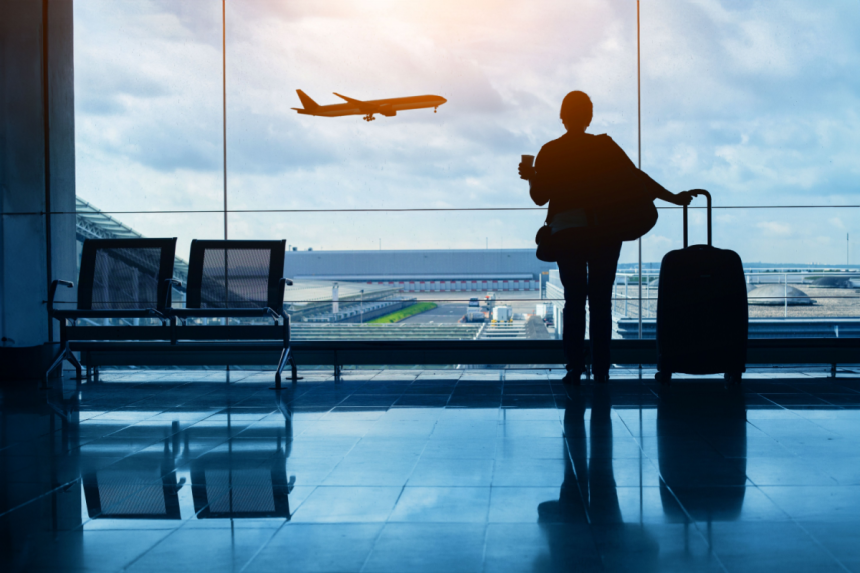Fewer International Visitors
The U.S. travel sector is facing a broad downturn as international tourism declines across key markets. Cities from Buffalo to Los Angeles reported fewer foreign visitors this summer, a trend that analysts warn could persist. The World Travel & Tourism Council projected the U.S. would be the only one of 184 countries studied where foreign visitor spending falls in 2025 — a troubling sign for the world’s largest travel economy.
Federal data shows a loss of more than 3 million overseas visitors in the first seven months of the year, a 1.6% decline from last year. Arrivals from Western Europe dropped 2.3%, with steep falls from Denmark, Germany and France. Asia also posted double-digit declines from Hong Kong, Indonesia and the Philippines. Some growth came from Argentina, Brazil, Italy and Japan, but not enough to offset the broader slowdown.
Economic Ripple Effects
Tourism is a critical pillar of the U.S. economy, generating billions in consumer spending, tax revenue and jobs. The decline comes at a time when inflation-weary households are already cutting back and when businesses tied to foreign spending — such as hotels, restaurants and retail — are facing added pressure.
Buffalo’s experience underscores the impact. Canadians, who sent 20.2 million visitors to the U.S. last year, have sharply reduced trips in 2025. In July, Canadian car crossings into the U.S. dropped 37% year-on-year, while flights fell 26%. That shift forced local businesses to rely more heavily on domestic travelers to sustain revenue.
Policy and Perception
Experts link the downturn partly to President Donald Trump’s return to office and renewed trade and immigration measures. His tariffs, travel bans and combative rhetoric have contributed to negative perceptions abroad, discouraging travel. “Perception is reality,” noted consultant Deborah Friedland, warning that America’s image directly shapes tourism demand.
The result is a climate of uncertainty. Tourism Economics expects an 8.2% drop in arrivals this year, slightly improved from earlier forecasts but still well below pre-pandemic levels. Analysts caution that prolonged weakness in international tourism could weigh on growth in sectors already strained by higher borrowing costs and geopolitical instability.
Looking Ahead
Some regions remain resilient thanks to strong domestic travel. Wisconsin’s Door Peninsula, for example, saw busy midsummer traffic driven by U.S. visitors, even as international numbers lagged. Airlines also reported strong bookings for premium domestic fares, helping fill international routes despite weaker inbound travel.
Still, the overall picture points to softer demand from abroad — and with it, a risk to one of America’s most reliable sources of growth. As other countries roll out incentives to attract travelers, the U.S. industry faces the challenge of reversing a perception problem before it becomes a long-term drag on the economy.






